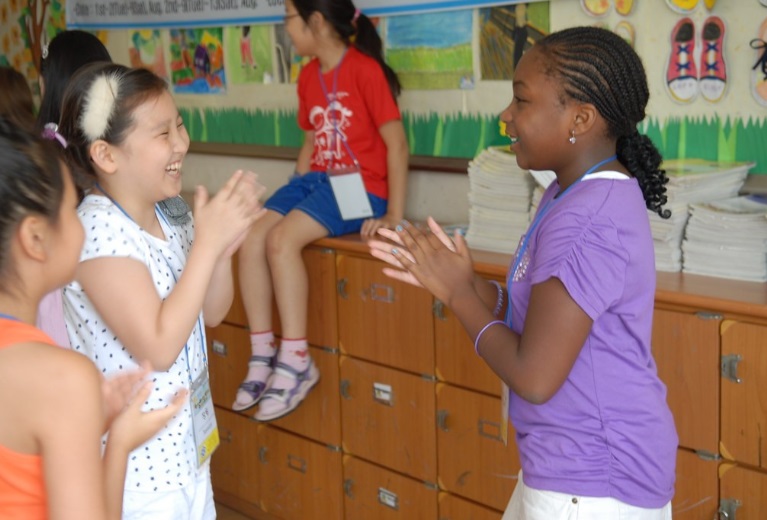Dos and Don’ts in the Classroom with Newcomer Students

0%
Schools play a critical role in helping newcomers succeed personally and academically.
LIP
Students who arrive in Canada from other countries represent a variety of educational and linguistic backgrounds and different social and emotional needs. The following things are very important to do as an educator:
Get to know the students and their needs
Familiarize newcomers and the school community by engaging them
Seek community resources for newcomers and help them connect
Work with families, guardians, and sponsors
Many newcomers will face different types of trauma and emotional stress during their acclimatization period in a new school environment. They may feel a lack of family presence or support, segregated from friends who speak their native language and find it difficult to adjust to unfamiliar living situations. In addition, many have experienced trauma and emotional stress in their home countries and in their journey, which they may carry with them into their new situation.
Schools play a critical role in helping newcomers succeed personally and academically. The approaches identified above may help schools meet students’ socio-emotional needs and build students’ potential to achieve academic success. The following practices can be applied in the classroom setting:
Let newcomers write in their native language at this beginning stage of their arrival is another great way of including them.
Have your newcomer illustrate ideas to start, then label the illustrations. Perhaps the whole class starts by sketching their ideas first.
Give your newcomer some language support, such as
Google Translate or a bilingual dictionary to help with vocabulary.
Set clear objectives rather than giving them confusing and mixed messages
Model expectations rather than expecting a proper and clear idea from a newcomer
Do not isolate a newcomer student or tell him/her to work by themselves rather pair one with the other student (buddy them up).
As an educator, do not expect newcomer students to understand English or French when discussing lessons and topics. Instead, use language support. For example, a use Google translator or a person/student who speaks the same language as the newcomer.
Provide scaffolds rather than expecting newcomer students to learn and figure out things by themselves.
Focus and encourage what newcomer students can do rather than what they cannot do on their own.
As an educator, make sure a newcomer student’s name is pronounced and spelled properly rather than ignoring it completely or struggling with it. Ask a student to teach you how to pronounce and spell their name. This will help them feel valued.
These techniques can help students with listening, observing and making connections, building relationships, feeling included, building self-confidence, and learning content and vocabulary.
Further reading:
Settlement.org has published a Newcomer’s Guide to Elementary School in Ontario, which aims to provide information about what to expect when your children start school and suggests some practical ways for getting ready.
Here is another guide for teachers to better serve new arrivals and non-English speakers.



